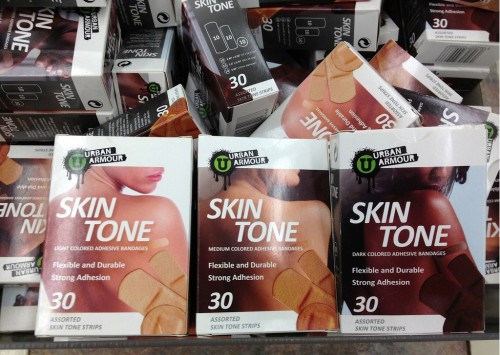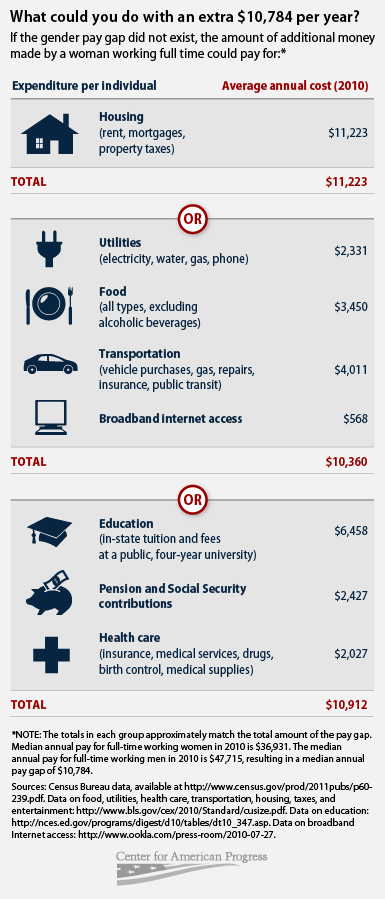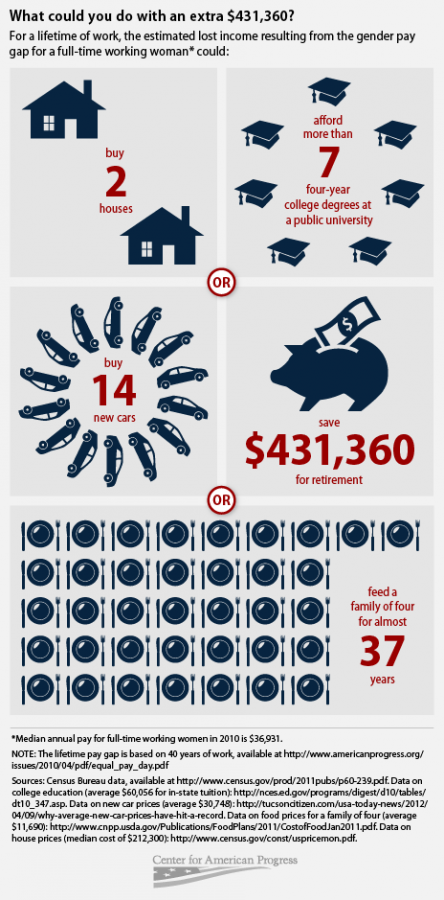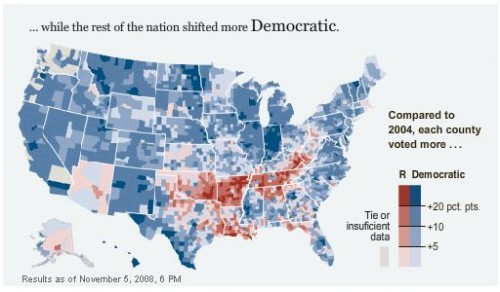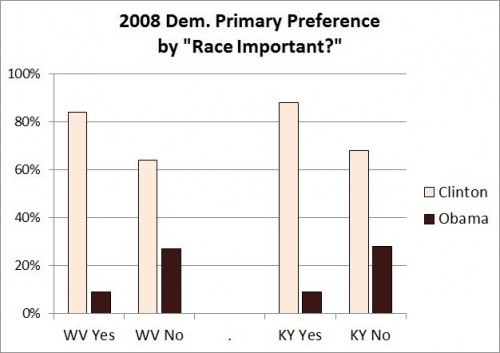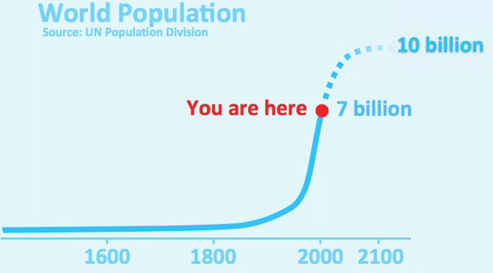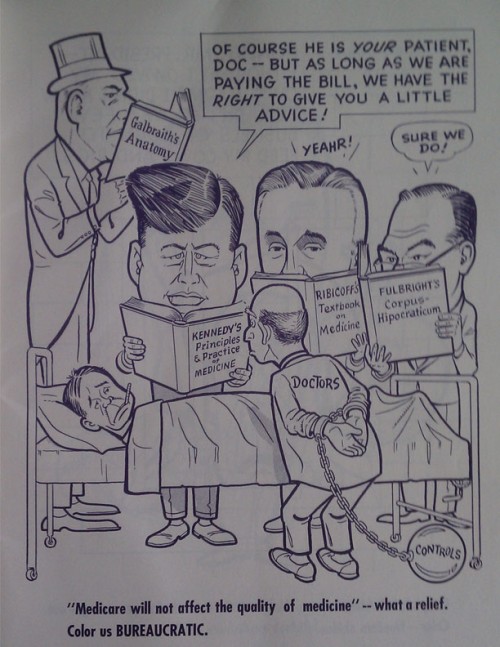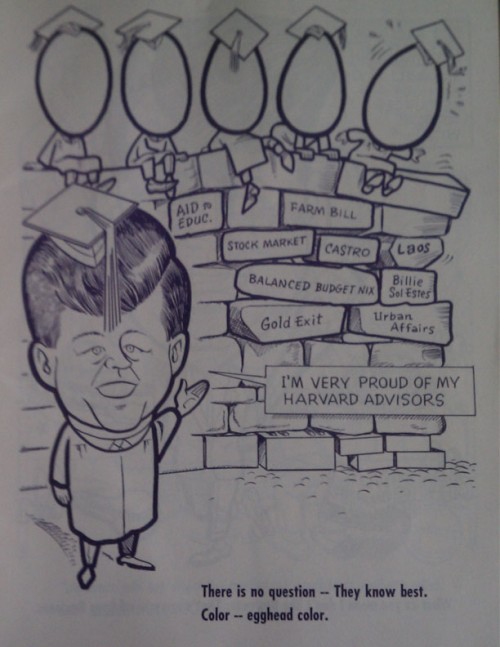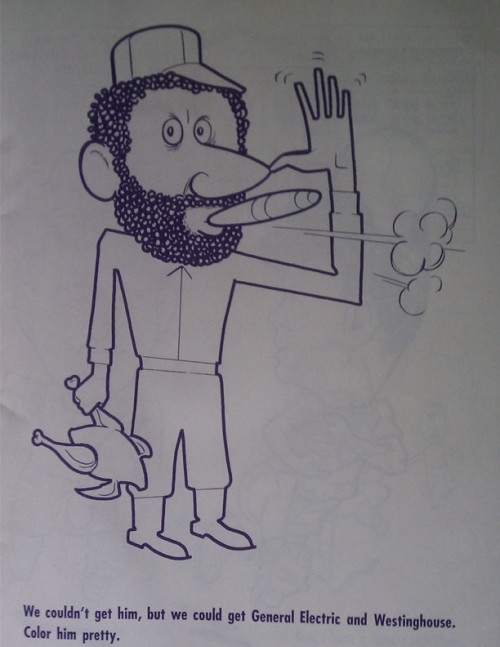I recently posted a series of examples of the words “nude,” “skin-toned,” and “flesh-colored” being used to describe light-tan. In other words, a linguistic erasure of people who don’t have light skin.
In response, Kristen S. and Jessica J. sent in pictures of Urban Armor bandaids. As you can see, they come in three colors and all of them are called “skin-tone.” Awesome.
We’ve collected other counter-examples, as well.
Andrea C. noted in 2010 that Elle did a segment on “Nude Nails” and highlighted OPI polish, mentioning the fact that they had “actual nude options for every skin tone”:
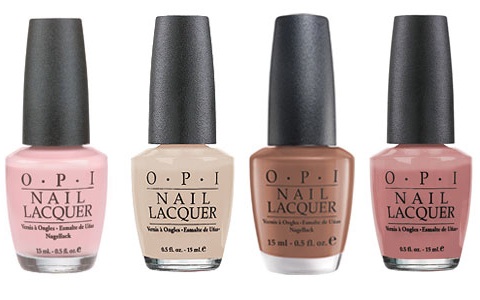 Here are the colors that OPI calls “nude” today:
Here are the colors that OPI calls “nude” today:
Breck C. found a website, My Skins, specializing in skin-matching underwear for a range of skin tones:
Eve F. discovered that Aldo included shoes of some different possible flesh-tones in it’s “nude” section (at least in 2010; the section doesn’t look like this today):
So, we can hope that consciousness is being raised, even if this can still happen.
Lisa Wade, PhD is an Associate Professor at Tulane University. She is the author of American Hookup, a book about college sexual culture; a textbook about gender; and a forthcoming introductory text: Terrible Magnificent Sociology. You can follow her on Twitter and Instagram.

